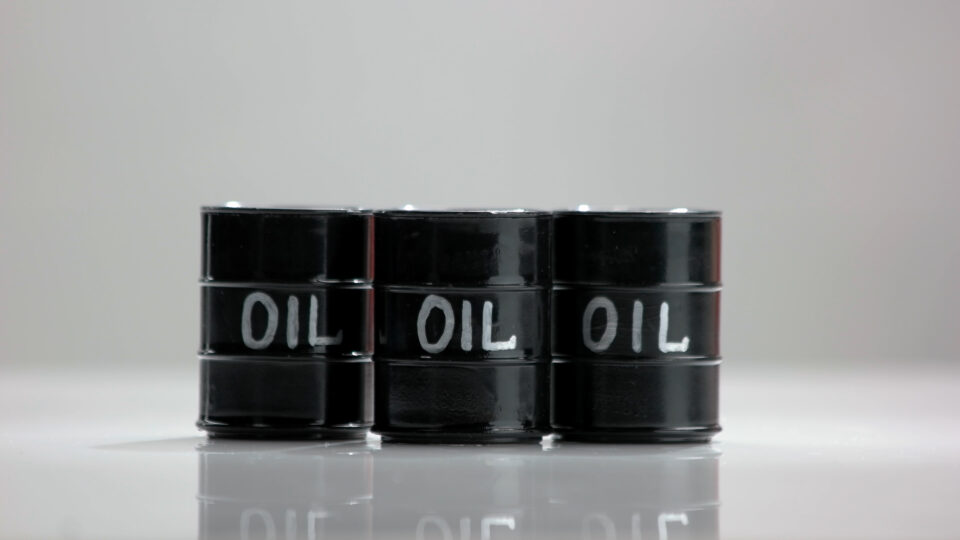Firstly, oil prices fell more than 3% on Wednesday. Continuing a streak of volatile trading, as the Group of Seven nations considered a price cap on Russian oil above the current market level. Also as gasoline inventories in the United States built by more than expected.
Secondly, brent futures for January delivery fell $2.95, or 3.3%, to settle at $85.41 a barrel. U.S. crude fell $3.01, or 3.7%, to $77.94 per barrel. In early trade, both contracts had risen by over $1 a barrel.
Gasoline stock
In addition, U.S. gasoline stocks rose by 3.1 million barrels, according to the Energy Information Administration. Far exceeding the 383,000 barrel build that analysts had forecast.
The build-in gasoline is kind of a shock. The increase in gasoline supplies suggests that maybe we’re seeing demand weakening or that gasoline is going on the rack ahead of the holidays.
Phil Flynn, an analyst at Price Futures Group.
Prices
Prices were hit further by reports that the G7 price cap on Russian oil could be above the level at it is trading.
Additionally, G7 nations are looking at a price cap on Russian seaborne oil in the range of $65-70/bbl, according to a European official on Wednesday.
We recommend:
Version 9 of RETScreen Clean Energy Management Software.
Meanwhile, Urals crude delivered to northwest Europe is trading around $62-$63/bbl. Although it is higher in the Mediterranean at around $67-$68/bbl, Refinitiv data shows.
Because production costs are estimated at around $20 per barrel, the cap would still make it profitable for Russia to sell its oil. In this way prevent a supply shortage on the global market.
Global pressure
A senior U.S. Treasury official said that the price cap will probably be adjusted a few times a year. The news added to concerns about demand from top crude oil importer China. Which has been grappling with a surge in COVID-19 cases, with Shanghai tightening rules.
Also, pressure came from an OECD economic outlook anticipating a deceleration in global economic expansion next year.
Finally, price found some support after minutes from the Federal Reserve’s November meeting showed most policymakers agreed it would soon be appropriate to slow interest rate hikes.


